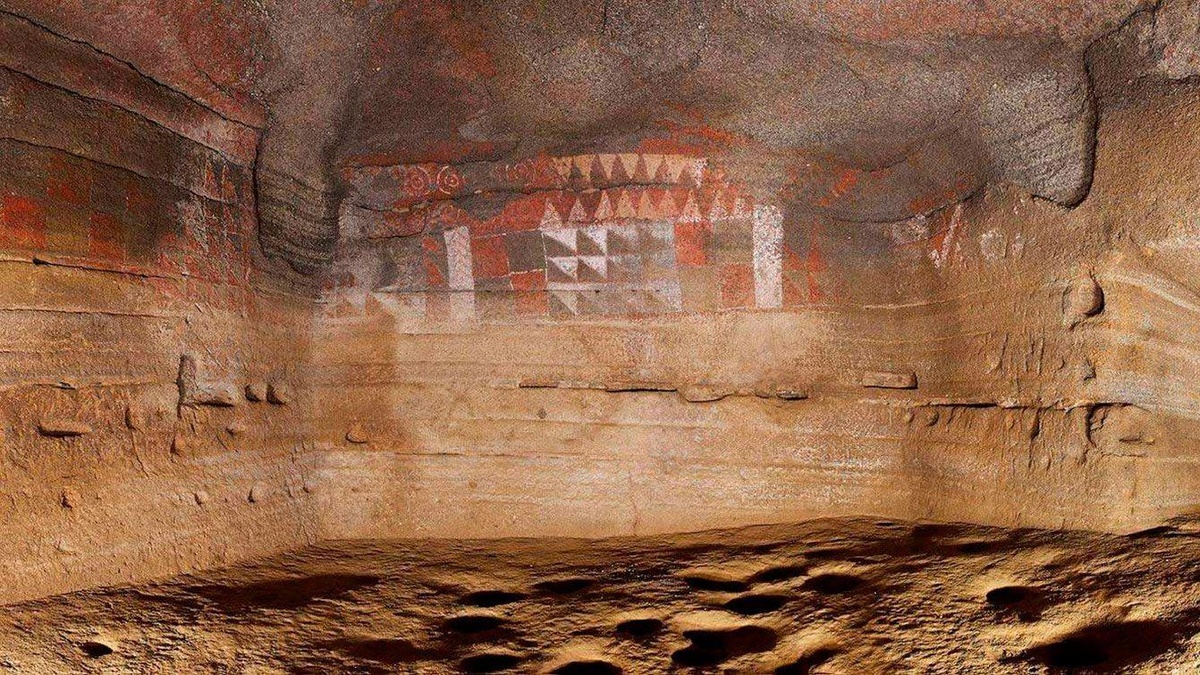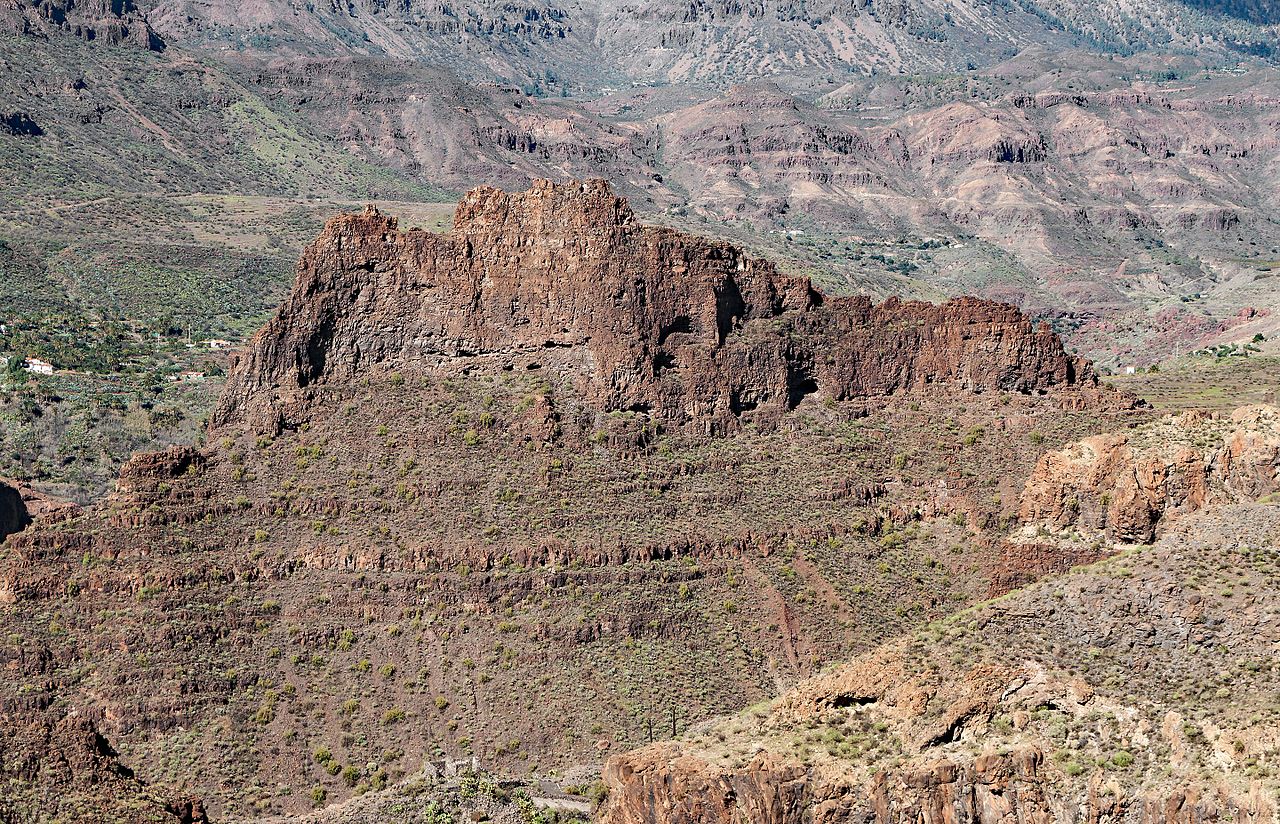Pre-Hispanic history of Gran Canaria is a not so well known side of this touristic island located in the middle of the Atlantic Ocean. In fact, probably almost the 100% of the visitors that come to the island doesn’t really know how was the life in the Canary Islands before the Spanish conquest.
Obviously, this island has always been a sun and beach destination for thousands of regional, national and international visitors that come to Gran Canaria to enjoy its everlasting summer. We can’t blame them for choosing an island with more than 300 days of sunshine per year…
But there is a small resistance that, wherever the place they are, like discovering local culture, theatres, traditions, gastronomy, and even history in its museums. Thus, is there a better way than visiting open air museums such as the archaeological sites in Gran Canaria? Probably not…
Although the tourist and cultural offer on the island is very varied, Gran Canaria also offers some of the most important pre-colonial sites in the Canary Islands to all kinds of public. Would you like to discover how the ancient aboriginals lived on Gran Canaria? We guarantee you that you’ll be surprised!
Where to experience the pre-colonial history of Gran Canaria
Nowadays, Gran Canaria has 132 official archaeological sites. Even though that’s just a number, there’s still a lot to discover under the surface. It wouldn’t be a surprised that amount grows in the next years, as there are many archaeologist working full time on the island.
Thanks to these historical sites, it’s possible to know in depth how the ancient indigenous people lived in Gran Canaria. This is very important because, as there are no written records about them, the experts can only suggest how they organised themselves politically, and economically.
Therefore, as there are many pre-Columbian era sites in the island, below are listed the 5 most important archaeological sites in Gran Canaria. These are, probably, the most studied historical sites by the experts, so visiting them is a must for those who enjoy a different side of one of the most visited destination in the world.

1. Cueva Pintada
Cueva Pintada (literally, Painted Cave) is an archaeological museum and park located in the northern municipality of Gáldar. In ancient times, Gáldar (also known as Agáldar) was one of the two subdivisions, along with Telde, of Tamarán (as Gran Canaria was called by its inhabitants) and home of the guanartemes (or kings).
History of Gran Canaria wouldn’t be the same without walking through this aboriginal settlement. Stroll on boardwalks through the entire village to discover its famous geometric wall paintings. Guided walks, informative panels, and audiovisual resources will explain to you all the secrets hidden here.
Cueva Pintada visiting hours
From October to May:
- Tuesdays to Saturdays from 10:00 to 18:00 (last tour at 16:30)
- Sundays and holidays from 11:00 to 18:00 (last tour at 16:30)
From June to September:
- Tuesdays to Saturdays from 10:30 to 19:30 (last tour at 18:00)
- Sundays and public holidays from 11:00 to 19:00 (last tour at 17:30)
Price: 6€
Phone: (+34) 928 89 57 46 and (+34) 928 89 54 89
Website: http://www.cuevapintada.com/
Email: cuevapintada@grancanaria.com

2. Cenobio de Valerón
The neighbouring municipality of Santa María de Guía is home to the Cenobio de Valerón, one of the largest archaeological sites, not only in the Canary Islands, but also in Gran Canaria. It’s an engineering work of great importance really worth a visit thanks to its cultural and historical value.
Indeed, the Cenobio de Valerón was a huge communal granary used by the aboriginals of Gran Canaria to store their staple food and consisted of over 300 grain silos cut into the soft rock and linked on many levels. Don’t you dare leaving the island without visiting this important part of the history of Gran Canaria.
Cenobio de Valerón visiting hours
From October to March:
- Tuesdays to Sundays from 10:00 to 17:00
- Sundays and holidays from 11:00 to 18:00
From April to September:
- Tuesdays to Sundays from 10:00 to 18:00
- Sundays and public holidays from 11:00 to 19:00
Price: 3€
Phone: (+34) 618 607 896
Website: http://www.arqueologiacanaria.com/Arqueologia_Canaria/Cenobio_de_Valeron.html
Email: museosyarqueologia@arqueocanaria.com

3. Cuatro Puertas
Cuatro Puertas (Spanish for Four Doors), situated in the eastern municipality of Telde, is an impressive archaeological site that experts believe was used as an almogarén, that is a religious place. The name of this sacred spot comes from the the multiple entrances carved into the rock face of this human-made cave complex.
Even though there are information panels, there isn’t any visitors centre. Therefore, you can visit this place of worship anytime you want to watch astounding views of the eastern part of Gran Canaria, out to the ocean. Don’t miss the opportunity to discover this magical place, especially when it’s free!
4. Risco Caído
The municipality of Artenara is home to the archaeological site Risco Caído (Fallen Crag in Spanish). This UNESCO World Heritage Site is proof of the ancient history of Gran Canaria. It contains prehistoric cave dwellings, temples, and granaries attributed to the aboriginal people and was used as an astronomical observatory.
The vestiges of this culture have survived in time and space, shaping the landscape, and conserving traditional practices such as transhumance, terrace-farming installations, and water management installations. The Libyco-Berber inscriptions constitute unquestionable proof of the presence of a unique insular culture.
Risco Caído visiting hours
Mondays to Sundays from 10:00 to 17:00
Price: Free entrance
Phone: (+34) 649 507 746
Website: https://riscocaido.grancanaria.com/
Email: centrointerpretacionriscocaido@gmail.com

5. La Fortaleza
La Fortaleza (literally, The Fortress), located in the southern municipality of Santa Lucía de Tirajana, is one of the most important archaeological sites in Gran Canaria. The reason? When the last free aboriginal people surrendered to the Spanish troops, their leaders threw themselves off this cliff.
Carbon dating has proven that La Fortaleza was inhabited approximately 800 years ago, even though it is probably even older. There is a set of engravings on it, defensive walls and stone made structures linked to ritual practices. Its richness and variety of archaeological is incredible: dwelling, burial and ritual structures and rock art remains.
La Fortaleza visiting hours
Tuesdays to Sundays from 10:00 to 17:00
Price: 4€
Phone: (+34) 928 798 580
Website: http://www.lafortaleza.es/
Email: info@lafortaleza.es
As you can see, ancient history of Gran Canaria is intertwined with myths and legends. If you visit the island, don’t miss to discover this side of Gran Canaria and get to know how aboriginals lived and how the Spanish conquest changed their way of life.

